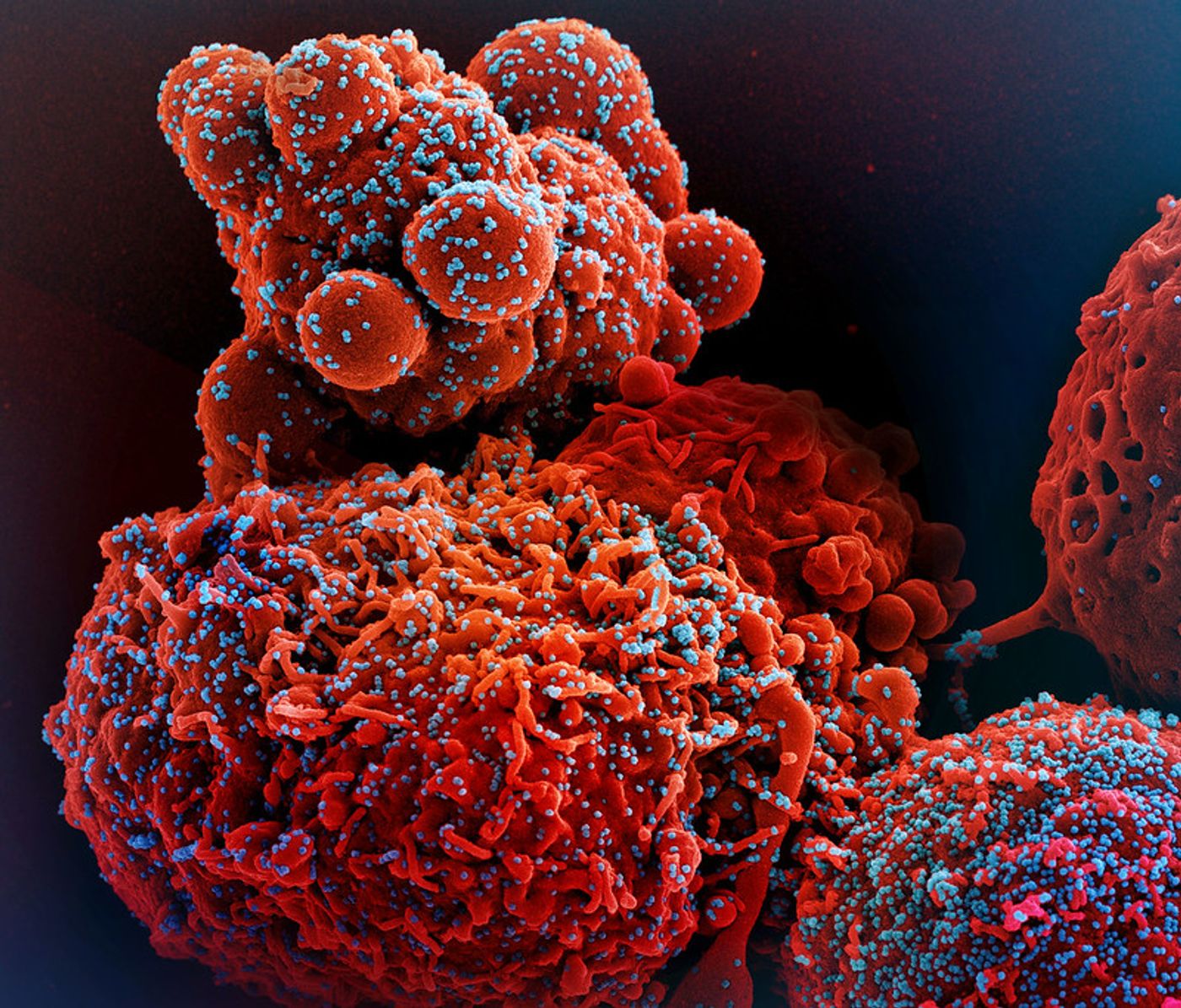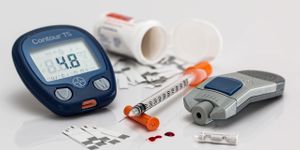A New COVID-19 Subvariant is Spreading
A new SARS-CoV-2 subvariant of interest called JN.1 has been identified by the World Health Organization (WHO). Multiple countries are reporting increases in COVID-19 cases caused by this subvariant, which is a form of Omicron, and an offshoot of the BA.2.86 lineage. While the names are very different, compared to BA 2.86, the JN.1 subvariant has a difference of only one amino acid in the spike protein of SARS-CoV-2, the viral protein that is essential for infecting cells. JN.1 is also known by the cumbersome moniker BA.2.86.1.1.
Most new SARS-CoV-2 sequences that are being reported to GISAID are now JN.1, which seems to have evolved from BA.2.86, which emerged over the summer of 2023 and gained traction a few months later. BA.2.86 eventually accounted for up to 15 percent of new COVID-19 cases in the United States.
Now that the holiday season is upon us, there will be more chances for the virus to move through communities.
JN.1 might be transmitting faster or more easily than other variants, but right now, there is no indication that it will cause more infections that the original or Omicron strains of SARS-CoV-2. The HV.1 subvariant was still a primary strain in the US at the time of this writing, and accounts for just over 20 percent of US cases. JN.1 is may already the next most prevalent strain in the US, however, with the Centers for Disease Control and Prevention estimating that it is causing 15 to 29 percent of new US cases. The current global rate of JN.1 is about the same, according to WHO, at 20 percent.
While the rate of JN.1 is rising, there does not seem to be any increase in infection severity at this time, and hospitalizations are not rapidly increasing. It may be better at immune evasion due to the rapid spread, noted the CDC.
Vaccines and KN95 or N95 masks are still considered to be the best protection against infection. A number of different vaccines and boosters have been employed around the world, they have not been applied at equal rates, and many people have been infected with SARS-CoV-2 one or more times. All that variability in exposure could make it tough to determine how good JN.1 is at slipping past immune defenses that have already been established.
A recent study reported in The Lancet Infectious Disease has suggested, however, that current boosters can protect against these new variants.
"We have not only found a large number of neutralizing antibodies against omicron XBB.1.5, but also against other subvariants," said study co-author and Professor Dr. Alexandra Dopfer-Jablonka of the German Center for Infection Research.
The current mRNA vaccine boosters made my Pfizer and Moderna are based on a previously dominant strain of Omicron called XBB.1.5, but it appears to also provide protection against BA2.86 and EG1.5. If JN.1 becomes dominant for a long period of time, future studies will certainly evaluate the vaccine's efficacy against the latest strain.
The symptoms of a JN.1 infection are similar to many respiratory diseases, and other SARS-CoV-2 variants. They include fatigue, cough, congestion, sore throat, runny nose, headache, body ache, and changes in the sense of smell.
WHO also noted that while cross-neutralization data is limited, vaccines based on XBB.1.5 are likely to help reduce the likelihood of infection. Vaccines can reduce the likelihood of long COVID if an infection does occur.
Sources: American Medical Association, WHO, The Lancet Infectious Diseases









